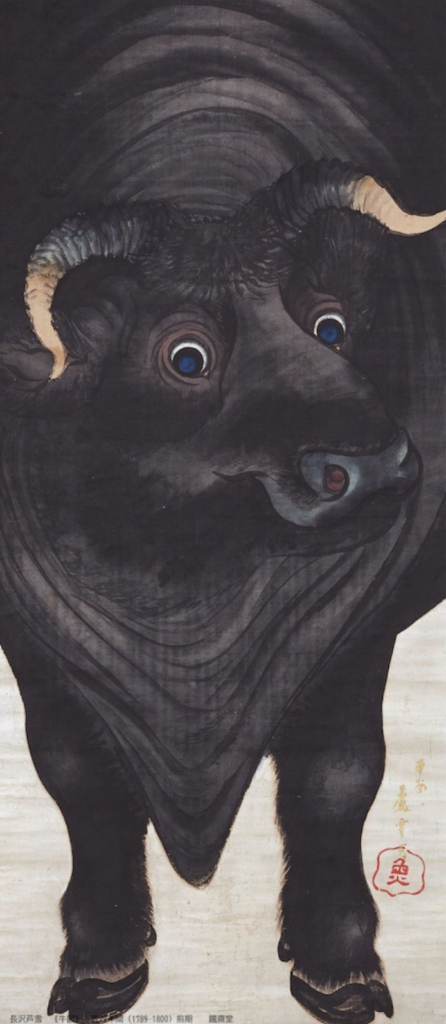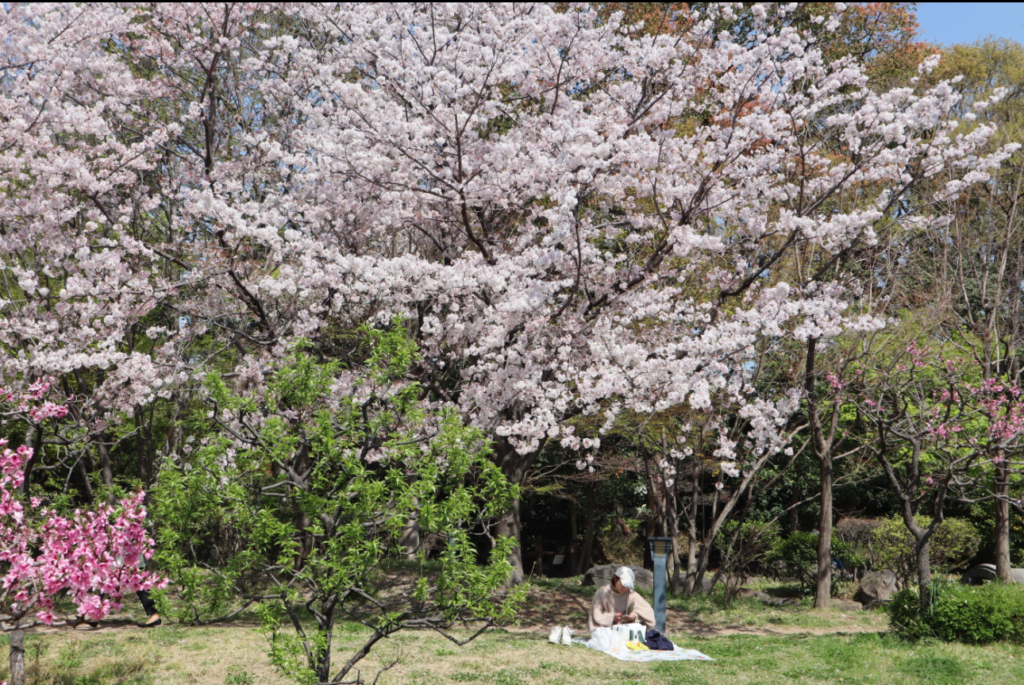In the world of ceramics, Tamba pottery from Hyogo Prefecture stands out with its 800-year history dating back to the Kamakura period. Among pottery enthusiasts, Japan’s Tamba ware is renowned for its global acclaim.
Yesterday, I had the privilege of purchasing a variety of pieces directly from the 9th generation potter, Mr. Kunihiko Onishi. Receiving explanations directly from Mr. Onishi made the experience both enlightening and enjoyable.
At our company, we take pride in offering traditional Japanese pottery as part of the furnishing in our rental properties for foreign clients. These exquisite pieces serve not only as functional dinnerware but also as elegant room decor.
One might wonder, what makes using Tamba ware different from regular, mass-produced dishes available for as low as 100 yen?
1. Enrichment of the Soul: Using cups and plates from Tamba enriches one’s daily life. It’s an experience we recommend everyone to try when visiting Japan.
2. Nurturing Love in Children: The beauty of fine tableware can play a role in nurturing affection and preventing juvenile delinquency.
The natural beauty of Tamba ware is part of its allure. The Japanese tradition of tea culture flourished from the Muromachi to Edo periods, partly due to the warmth and care put into Tamba pottery, fostering a culture of hospitality and kindness in Japanese tea rooms.

 Unlike electric kilns, Tamba pottery is wood-fired, allowing for the serendipity of nature to play a role in the design, often resulting in unexpected and unique colorations.
Unlike electric kilns, Tamba pottery is wood-fired, allowing for the serendipity of nature to play a role in the design, often resulting in unexpected and unique colorations.
Diversity and Originality in Shape: Handcrafted pottery directly reflects the intentions and skills of the artist, leading to unique shapes and designs that enhance the allure of ceramics.
Expressiveness of Glaze: The glaze gives pottery its color and texture. Variations in the type of glaze, application method, and firing conditions can produce vastly different appearances from the same clay.
The Sensibility and Story of the Artisan: Each piece of pottery is imbued with the sensitivity, background, and story of its maker, giving each creation its unique personality and allowing us to feel the heart of the artist.
Embracing Tamba pottery in our offerings is our way of connecting our clients with the rich heritage and artistic expression of Japan.
#TambaPottery #JapaneseArt #CulturalHeritage #HandcraftedElegance #HomeDecor #TraditionalCraftsmanship #InteriorDesign #LuxuryLiving #ExpatLife #CulturalAppreciation #JapaneseCeramics #ArtisanalExcellence #OsakaExpo #CulturalExchange











 Unlike electric kilns, Tamba pottery is wood-fired, allowing for the serendipity of nature to play a role in the design, often resulting in unexpected and unique colorations.
Unlike electric kilns, Tamba pottery is wood-fired, allowing for the serendipity of nature to play a role in the design, often resulting in unexpected and unique colorations.